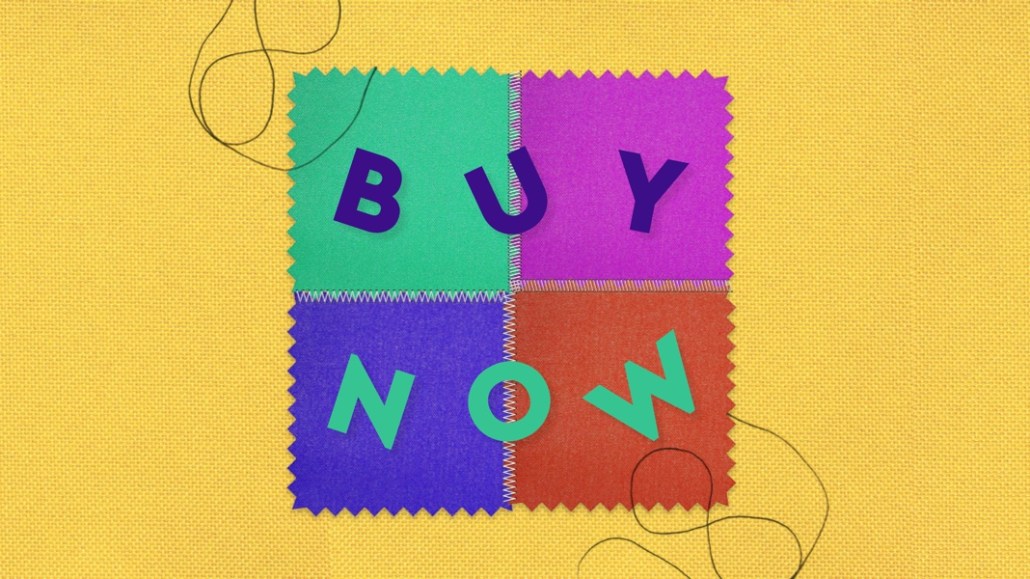Save 50% on a 3-month Digiday+ membership. Ends Dec 5.

While digital ad revenue is down across the board, there are pockets of opportunity bubbling up that some publishers are leaning into. Publishers say there’s more activity from direct-to-consumer advertisers, those who continue to spend money advertising to the millions of people stuck indoors.
Publisher’s digital advertising revenues are down between 19% and 25%, according to the Interactive Advertising Bureau, but not all verticals and categories are hit equally. Naturally, travel and tourism and restaurants are reducing their marketing, while technology, food-delivery services, e-commerce retailers and business-to-business advertisers are spending more.
“We have been working more closely with brands who are part of the new normal — [direct response] and [direct-to-consumer] brands — and how we can better serve them,” said Joy Robins, chief revenue officer at The Washington Post. “That includes what ad products we can create for them that are more turnkey and self-service because they are so used to working with platforms.”
Robins wouldn’t say how many DTC clients it had before or since the crisis started, but the crisis has accelerated growth. “Service-based clients are more relevant than they were before,” she added.
DTC brands have a preference for audio where direct response campaigns are highly attributable. Many find high acquisition rates through retargeting programmatic ads. They are also big spenders on social platforms like Facebook and Instagram where the buying is automated with high precision targeting. Often, these brands spend lower amounts on highly effective marketing campaigns.
“There is a lot of opportunistic activity happening amongst the challenger brands and DTC and start-up brands,” said Barstool CRO Deirdre Lester.
Barstool lets smaller DTC brands run campaigns on its new editorial products at a lower rate than previously. This is part of its focus on “singles and doubles” for maintaining its ad business. The aim is that these will turn into larger campaigns down the line. The publisher said advertising revenue will be down 20-25% in advertising in the “short term.”
Ad position: web_incontent_pos1
“The inability of larger suppliers to meet demand has opened up opportunities for smaller players,” said Elliott Clayton, senior vice president at ad tech provider Epsilon-Conversant.
Online retailers with turnover under £10 million ($12.4 million) are capturing market share from larger retailers struggling with store closures and demand fulfillment, according to the U.K’s online retail trade body, Interactive Media in Retail Group, via Clayton.
For publishers, it’s not just about offering more automated tools and lower-priced inventory but cultivating longer-term relationships as publishers aim to counsel advertisers through tough times. Some publishers are finding the opportunity to develop fewer, deeper connections with ad clients. The Washington Post is running classes to help DTC brands become more mature marketers. Topics like how to use audience insights and combining technology and storytelling have been successful. Globally, the classes have had an audience of more than 1200 clients, said Robins. That includes DTC marketers and larger advertisers.
“We are giving them equal focus,” said Robins. “On the [direct response] element, there’s a deeper need to make the connections because people need products at this moment. Brands say ‘help me understand my customers.’ They are thinking about evolving their communications strategy, there’s a need for them to become more mature marketers.”
Larger advertisers that focus more on longer-term brand-building marketing are dragging their feet over where and when to start marketing. While there are signs of ad budgets unclenching, the nervousness around appropriate messaging has put advertisers on high alert. “There are still briefs coming in,” said one news publishing executive, “but it’s unlikely companies want to invest in brand building exercises at the moment.”
More in Media

What publishers are wishing for this holiday season: End AI scraping and determine AI-powered audience value
Publishers want a fair, structured, regulated AI environment and they also want to define what the next decade of audience metrics looks like.

Digiday+ Research Subscription Index 2025: Subscription strategies from Bloomberg, The New York Times, Vox and others
Digiday’s third annual Subscription Index examines and measures publishers’ subscription strategies to identify common approaches and key tactics among Bloomberg, The New York Times, Vox and others.

From lawsuits to lobbying: How publishers are fighting AI
We may be closing out 2025, but publishers aren’t retreating from the battle of AI search — some are escalating it, and they expect the fight to stretch deep into 2026.
Ad position: web_bfu